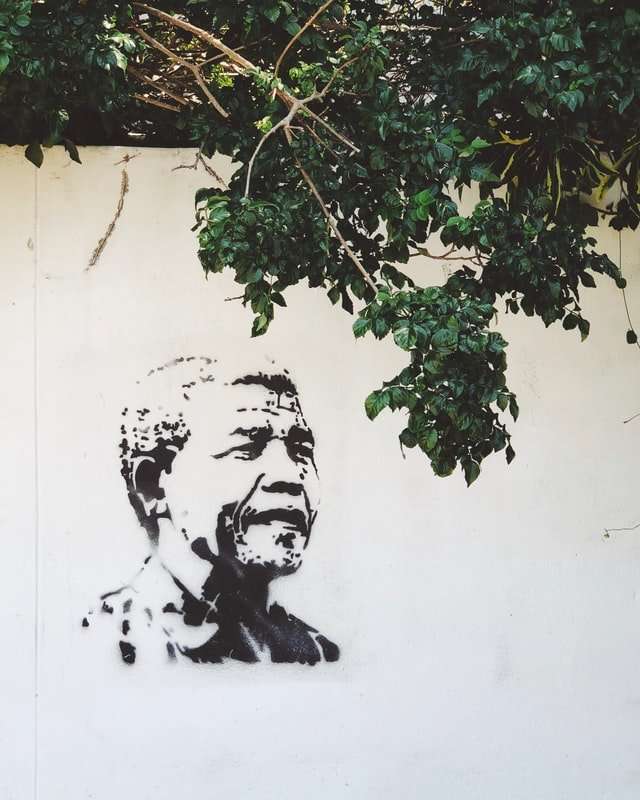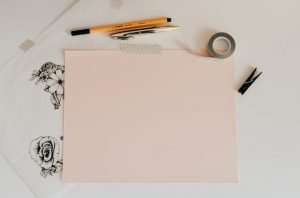This article is about drawing in perspective. It includes a tutorial for beginners. It includes images of artwork completed by the author, illustrating the points made in the article.
It’s a useful exercise to draw things in perspective. Here are a few tips to help you get started.
Drawing in perspective is one of the most important things to learn when it comes to drawing and painting. And yet it can be very confusing . . .
This tutorial will help you to get the hang of drawing basic shapes and objects in perspective. You will learn how to draw triangles and circles in perspective, how to find the vanishing points on a rectangle, how to draw a cube in perspective and how to draw an ellipse in perspective.
Tutorial: Before we begin drawing objects in perspective let’s first do some exercises which are going to help with your understanding of perspective. In each exercise below we are going to be using basic shapes; a square, a rectangle (or two rectangles) and a circle or ellipse. I’ve given you step by step instructions on how to do each exercise so all you need to do is follow them carefully.
1. The first exercise is based on the simplest shape of all, the rectangle (or two rectangles). For this exercise all that you need is a ruler and a pencil (you may also want something to draw on).
2. We are going to start by drawing a couple of parallel lines close together on your paper . . .
3. Now we are going to
Many of us received drawing lessons in grade school, but many more didn’t. Because of that, it’s possible to draw a face, a head or an object in one-point perspective and yet not know what you’re doing if it isn’t the same as how you were taught. And without knowing that it’s more than just a little tricky to apply what you’ve learned to new things.
Trying to draw a cube in one-point perspective is a good way to understand this. If you remember, the cube is drawn as six squares all side by side, each getting smaller down to the bottom from the viewer’s vantage point. Imagine trying to draw that from memory on a blank piece of paper. It’s easy enough to get the placement of each square right so it looks like the picture you remember from school. But what about the edges? The edges aren’t squares, they’re parallelograms (four sided figures made up of two triangles).
And what about their perspective? Looking at them all together, they have to be drawn converging toward the top right corner of your drawing paper. How you do that depends on your artistic comfort zone, and where your mind “sees” the lines going when you compare your perspective with that of the top
Perspective drawing is a set of rules that guide an artist to create the illusion of three dimensions. The rules include the horizon line, which is usually placed at eye level or below it. The vanishing point is the place where all parallel lines will eventually meet. Then there are the verticals and horizontals, which are determined by using the rule of thumb (the thumb is held out in front and the tip touches the horizon) or by measuring on a grid.
Tone:matter-of-fact
You can put things in perspective by drawing the way that they look to you—close-up, as if you were looking at them through a magnifying glass.
But when you want to draw three-dimensional things, such as a person or a tree or a building, that makes it harder to tell which parts are closer to you and which are farther away. (For example, if you wanted to draw an elephant and had never seen one before, you would have a hard time deciding where its front end was.)
The best way to do perspective drawings is to make a grid on paper (or just in your head) with rows and columns. In each square of the grid, represent what is in that square by a tiny drawing of the same size. Then connect all the squares on the top row with a line, just like going down a column on a piece of graph paper. The squares at the top represent something far away from you; those at the bottom represent something close up. If there’s not enough room for all of them on one piece of paper, make more than one copy and connect them together with lines.
In this way, you show what’s in each square by leaving out some details and showing others. For example, if there’s
Perspective is one of the most useful things you can learn. It’s a way of drawing that allows you to draw 3 dimensional objects on a flat piece of paper, and it works whether you’re drawing a cityscape or an apple.
Tutorials for perspective are often very technical and don’t necessarily show how to actually apply the skill in real life situations. This tutorial is not like that. I’ll teach you the basics of perspective, and then we’ll look at some examples of how to use it in art.
As always, I’m going to assume you have no formal training in art, and that the last time you drew anything was in elementary school. And while I’m teaching you “How to draw in perspective,” what I mean by this is “How to apply perspective principles while drawing.” Don’t forget that if you want to learn “How to draw horses” or “How to draw buildings” there are other tutorials out there for those topics. So here we go!


